This comprehensive guide covers everything you need to know about firearms for beginners, from safety tips to choosing the right gun. Buying a firearm is not something to take lightly, especially if you have never held one. You need not only a gun, but a scope, ammo, and range practice before heading out!
I was raised to believe that guns were bad, but never told why. I remember a year our neighbors had three beautiful deer hanging from their tree; my father was extremely upset, but I was amazed. Needless to say, I was raised not knowing anything about firearms or hunting. It wasn’t until my mid-40s that I was introduced to firearms.
My first firearm was a .243 Savage rifle that came packaged with a Bushnell scope. That rifle came into the woods one day during hunting season seven years ago and made a “hunter” out of me. I was blessed to harvest my first doe.
There is a whole lot more that goes into owning a firearm than passing the background screening, buying the gear to go with it, and walking out to go hunting/shooting.
If you’re a beginner to firearms, this article is for you.
Make sure to review the graphic in this post from Bass Pro to help you learn which rifle you might need.
You can see that the .243 Savage is the smallest caliber suggested to shoot a deer at “short-range,” which is stated to be less than 300 yards.
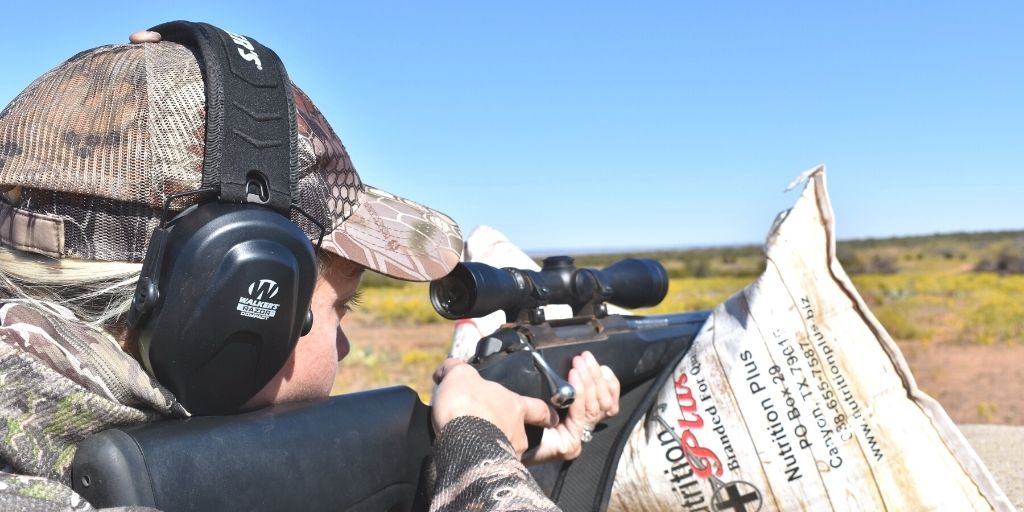
While I am still completely thrilled with my purchase, I didn’t make the decision on my own to buy it. It was the rifle that was recommended to me and the price was right. I have since purchased a handgun, shotgun, and long-range rifle with recommendations from people in the business, as well as the counter help at retail stores and gun shops.
I’m here to tell you that this isn’t exactly how you should buy your firearms.
Recommendations are great but they come from individuals who have had specific experiences with specific firearms. Even if they are considered an expert in the field, it’s not always going to be the best actual “fit” for you.
I was never fitted for any of the firearms I purchased. I just walked in, told the salesman what I wanted, felt it, looked at it, and bought it. Do not do that! I have since learned that most guns do not fit women the way they should. Can you adapt? Absolutely! I did. However, there are better ways.
Here are some suggestions so you don’t have to fit yourself into your new firearm:
- Ranges: Some indoor ranges offer rentals. Try not to be intimidated walking into these establishments. Trust me; these people can help you determine the right firearm for you.
- Phone a firearms friend: My best suggestion is to ask your friends with firearms to take you to the range. You buy lunch and all the ammunition. It is a win, win! You get to handle the firearm, see how it fits you and shoot it.
Firearm Scopes
If you bought a rifle, most likely you will struggle with which scope to pick out and have mounted. I’m here to say that learning about scopes is way more confusing than buying a firearm.
My suggestion is to keep it simple.
Tell the salesman exactly what you are planning to hunt, at what range (refer to the chart above), and your price point. I strongly suggest that you research your scope – how it works, and how to adjust it. Range time will help you put together what you learn and the actual adjustments on your scope.
Well, you finally decided on a firearm, a scope, some targets for practice shooting, and bought a couple of boxes of recommended ammunition for use at the target range.
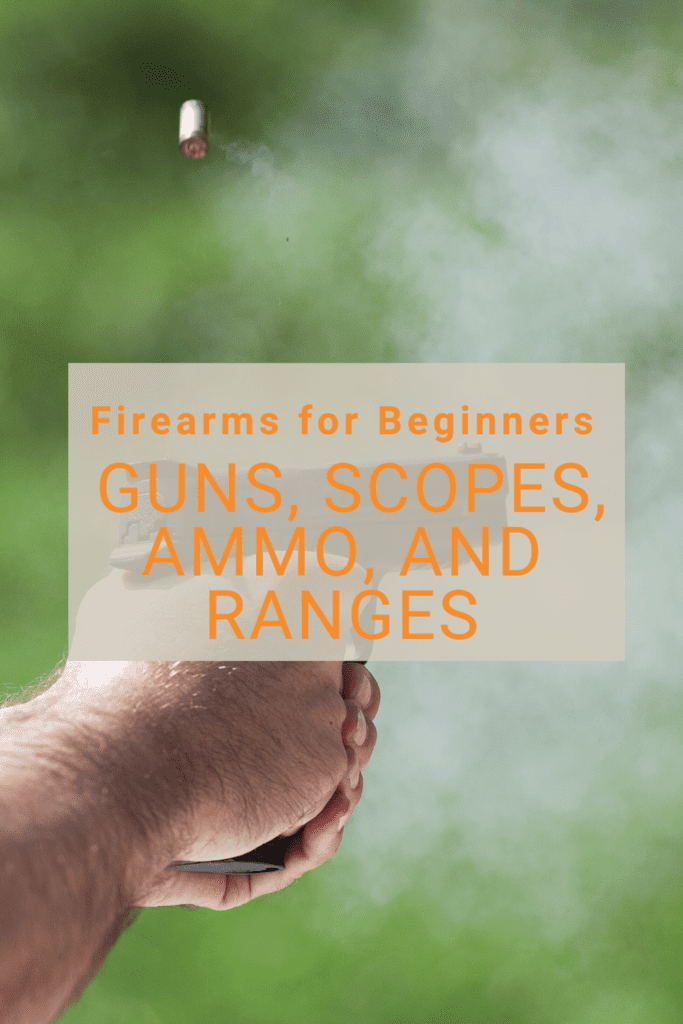
Firearm Ammo
These “range” ammunition boxes are usually cheaper, but they might cost you in the end. What I mean by that is two things can happen.
- Your firearm might not “like” the ammunition you originally chose.
- It might not be the ammunition you should/will use for hunting and that could cost you a harvest, or even worse, an injured animal.
Every firearm will discharge a round of ammunition differently, changing the trajectory and velocity. The best suggestion is to start with what you plan on hunting with. If your rifle is picky (this isn’t true of all rifles), try another brand of ammo. You could do what I did and buy three different brands of ammunition, but ammunition is non-returnable so that’s a risk you may want to take.
Firearm Ranges
Now let’s talk about range time. There are two types of ranges – indoor and outdoor. I prefer outdoor as they usually have a 25-yard target set-up for handgun practice and a 50-yard and 100-yard target set-up for rifle practice. Some outdoor ranges even have up to 400 yards or more for long-range practices. Indoor ranges are great for handgun target practice and some allow lower caliber rifles. Definitely call and check before planning a trip to any range.
Firearm safety is of utmost importance. Before setting foot at a range you should have some firearms training and basic knowledge of how your firearm works. The desired outcome for practicing is to become comfortable and gain confidence with your new firearm purchase. If you don’t have anyone to talk you through using your firearm, please consider signing up for classes.
So, you’re finally at the range and ready to take some practice shots and “zero” your rifle. Your rifle should have been “bore” sighted when you made your purchase and had your scope mounted. This step allows for somewhat of an easier time zeroing at the range. Zeroing involves using the scope’s dials, windage, and elevation, to adjust after you take a series of around three shots at a target.
You’ll adjust these based on your scope’s manufacturer’s measurements, either Minute of Angle (MOA) or Mil-Dot. Many scopes have very easy adjustments. In simple terms, you can adjust your crosshairs up, down, left, or right. This will allow you to put the crosshairs where your bullet is hitting, which is the ultimate goal for sighting in.
AmericanHunter.org wrote this basic description of how to zero using the three shot method and MOA measurements.
“Now that you have three shots on the target, estimate the center of this triangle and measure its distance and direction from the bullseye. Let’s say it’s 3 inches low and 4 inches right of the bullseye. So, your “point of impact” (the exact place where the bullet should strike) needs to move 3 inches up and 4 inches left. Because nearly all modern riflescopes have adjustments that move the crosshair “¼-inch at 100 yards,” you’ll need to rotate the scope’s dial four clicks in the direction listed on the scope for each inch you wish to move the crosshair.”
For your elevation adjustment in this example, you’d need to rotate the scope’s elevation turret 3 inches up or 12 clicks. (3 inches x 4 clicks per inch = 12 clicks). For the windage dial, you’ll want to rotate it 4 inches left, or 16 clicks.
Before you leave the gun shop, make sure to buy a bench vice/lead sled or sandbags. Zeroing a rifle without steady support just isn’t going to work.
Ok, so all goes well at the range, your rifle is zeroed and now you’re ready to go hunting, right?! Not so fast. Now you need to take and pass your Hunter’s Education course. I personally completed mine online, but if online learning isn’t for you there are always in-person classes. Here’s a link to help you find a course that fits your needs.
Now you are only two steps away from safely taking your rifle out hunting! The next step is to buy your state hunting licenses.
After that final step, go back to the range and practice, practice, and practice some more.
New to firearms? Here are some more tips:
- Revolvers: Revolvers are a great option for beginners because they are simple to use and maintain. They have a cylinder that rotates to load and fire rounds, and they typically have a shorter barrel, making them easier to handle. Revolvers also have a reputation for being reliable and durable.
- Semi-Automatic Pistols: Semi-automatic pistols are another popular choice for beginners. They have a magazine that holds multiple rounds and use the energy from firing a round to automatically load the next one. They are typically more accurate than revolvers and have a longer range. However, they can be more complex to operate and maintain.
- Shotguns: Shotguns are versatile firearms that can be used for hunting, sport shooting, and home defense. They fire a shell that contains multiple pellets, making them effective at close range. Shotguns come in a variety of sizes and styles, including pump-action and semi-automatic.
- Bolt-Action Rifles: Bolt-action rifles are a popular choice for hunting and long-range shooting. They have a bolt that must be manually operated to load and fire each round, making them slower to shoot than semi-automatic rifles. However, they are typically more accurate and reliable.
- Air Rifles: Air rifles are a great option for beginners who want to practice shooting without the noise and recoil of traditional firearms. They use compressed air to fire pellets and can be used for target shooting and small game hunting. They are also typically less expensive than traditional firearms.
What is the best gun to buy first?
The best gun for a beginner depends on their personal preferences and needs. However, some popular options for first-time gun buyers include the Ruger 10/22, Glock 19, Smith & Wesson M&P Shield, and the Mossberg 500 shotgun.
What is the easiest firearm to shoot?
The easiest firearm to shoot for beginners is typically a .22 caliber. These firearms have minimal recoil and are easy to handle, making them a great choice for those new to shooting. Other good options for beginners include shotguns with low recoil and smaller caliber handguns.
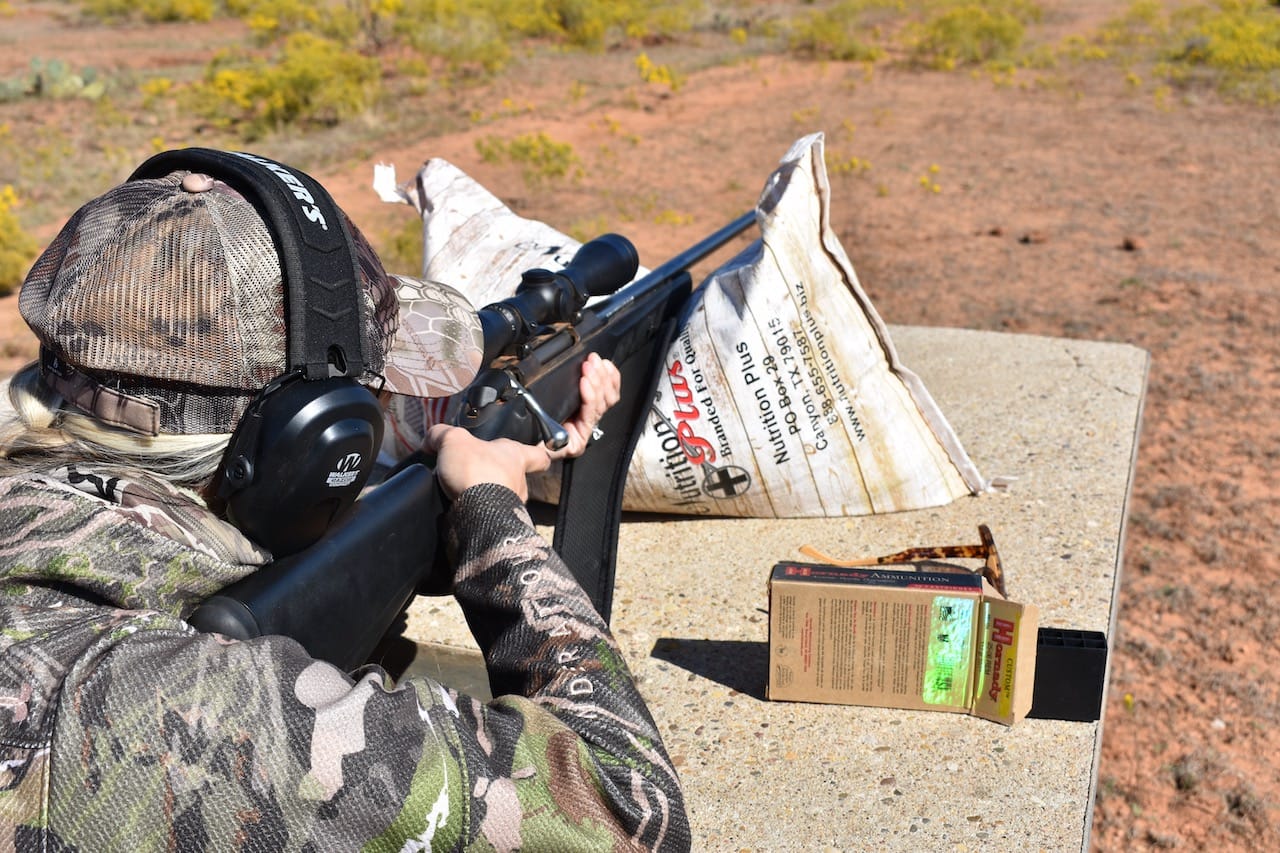
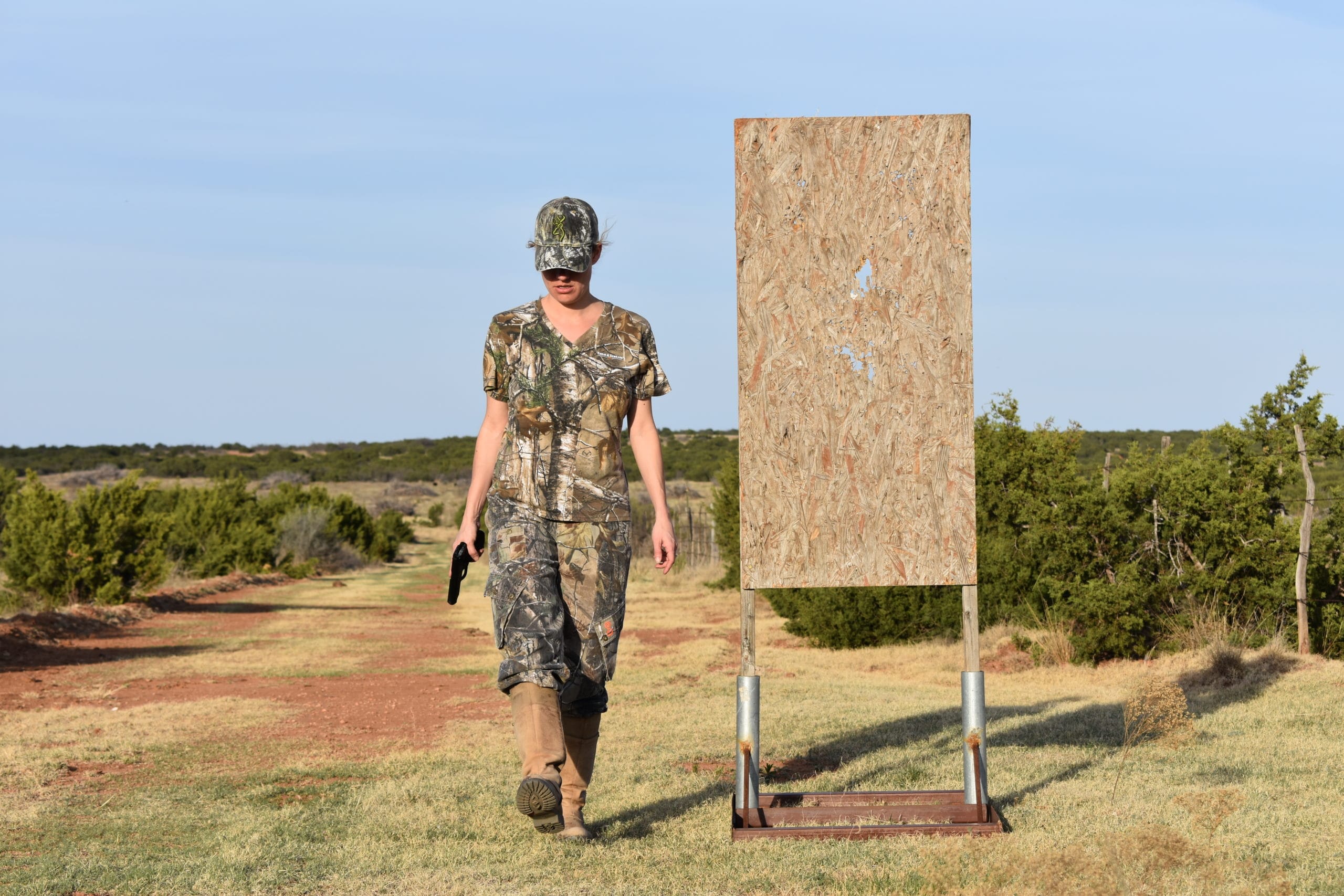
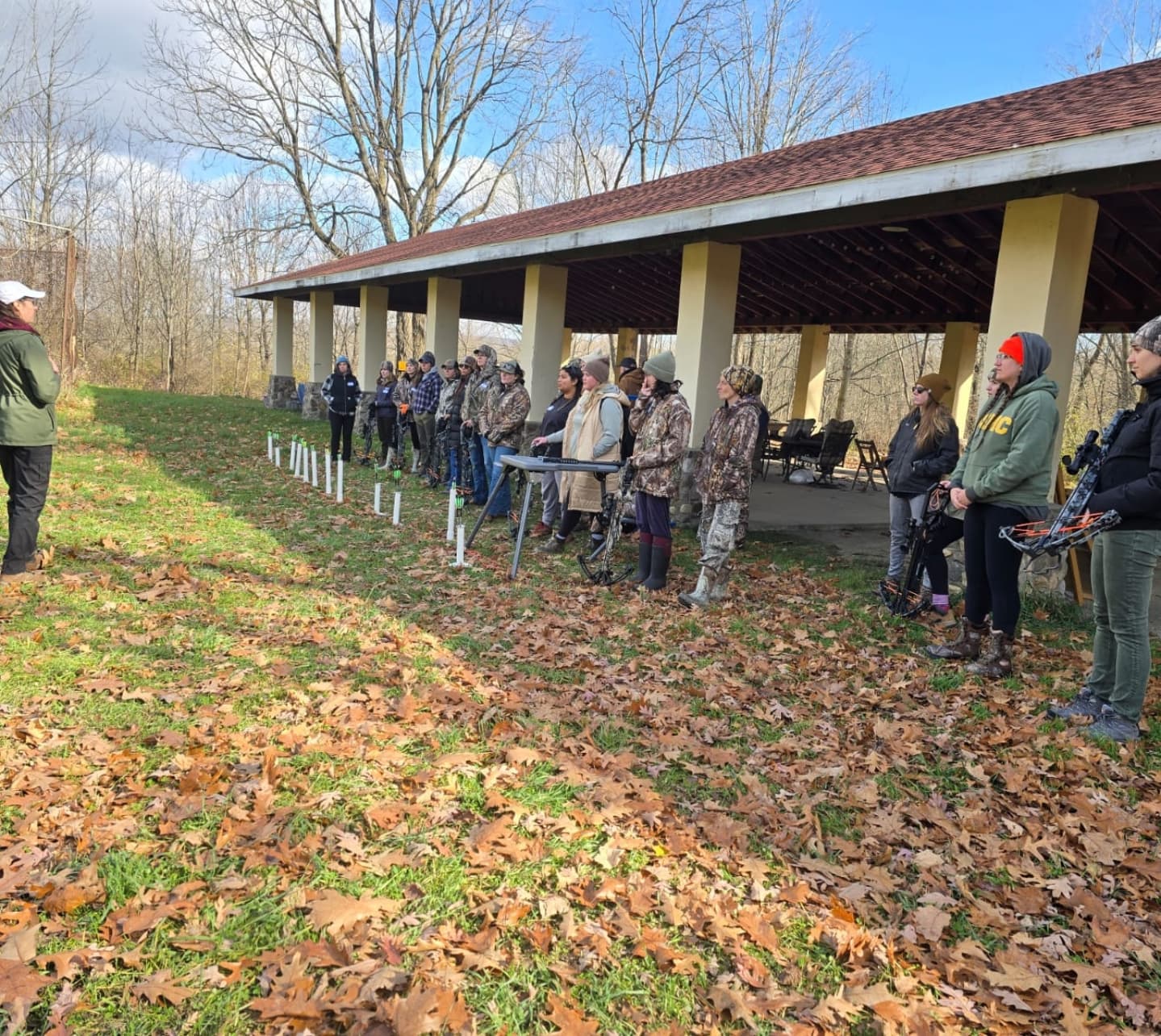
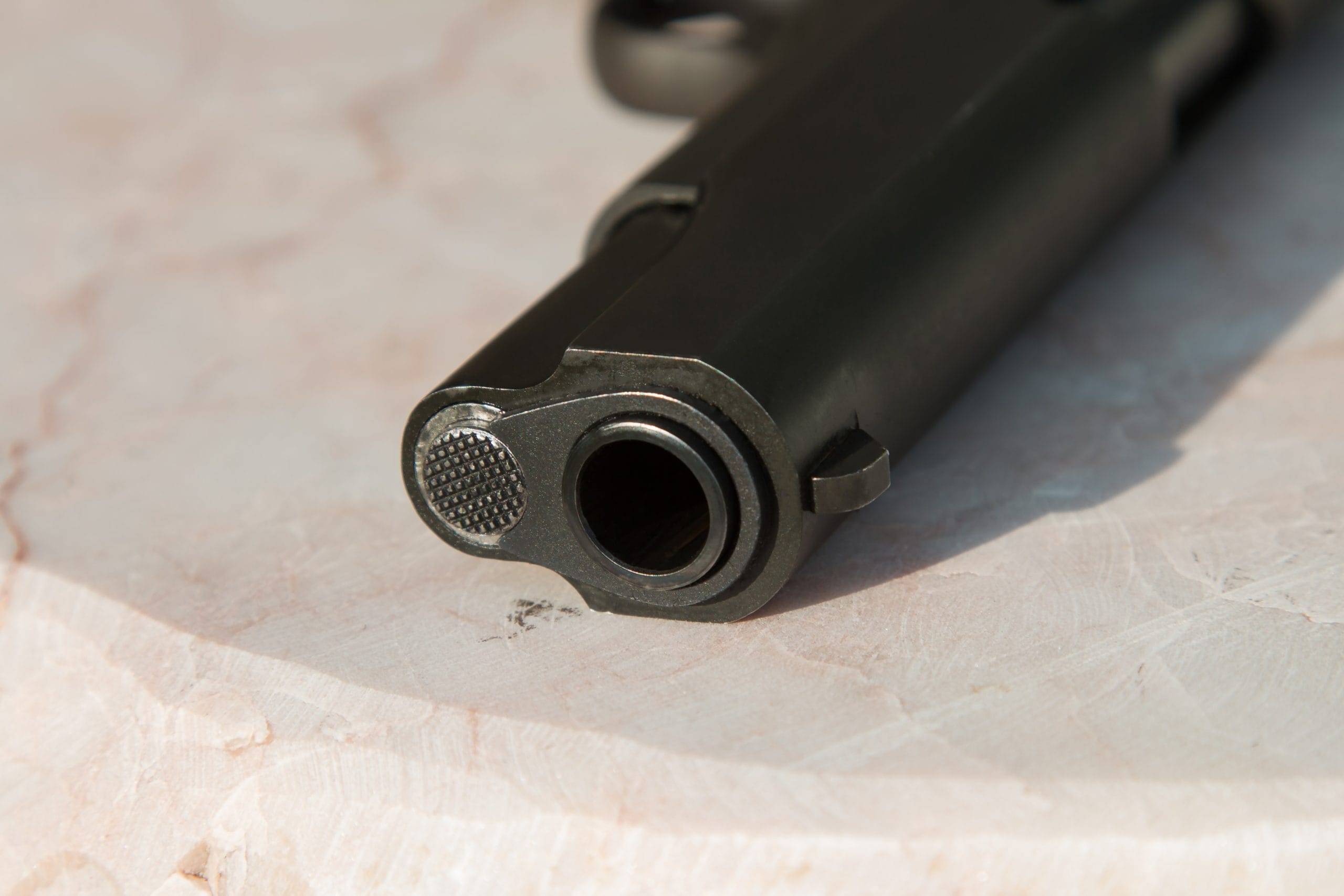
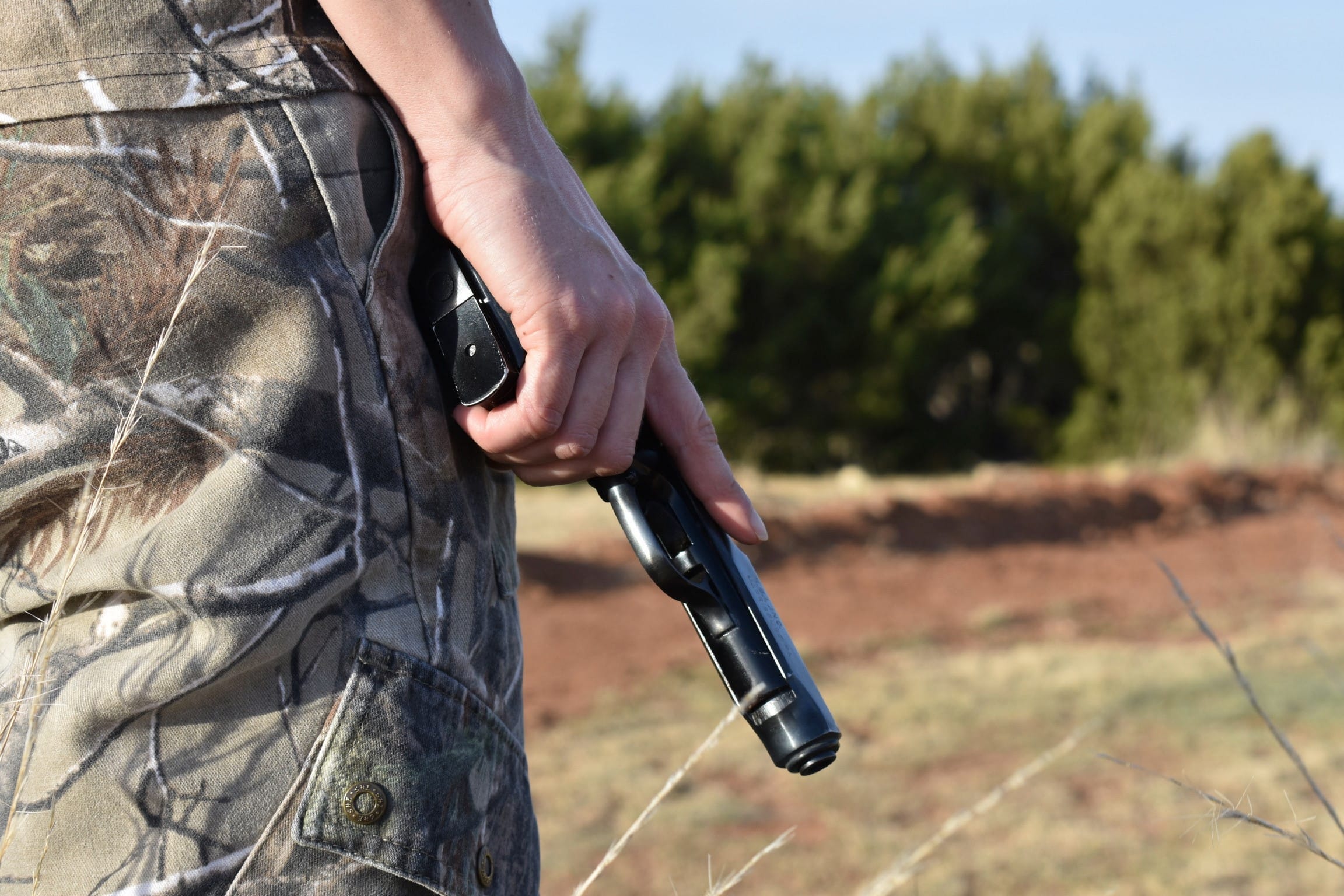
2 thoughts on “Firearms for Beginners: A Comprehensive Guide”